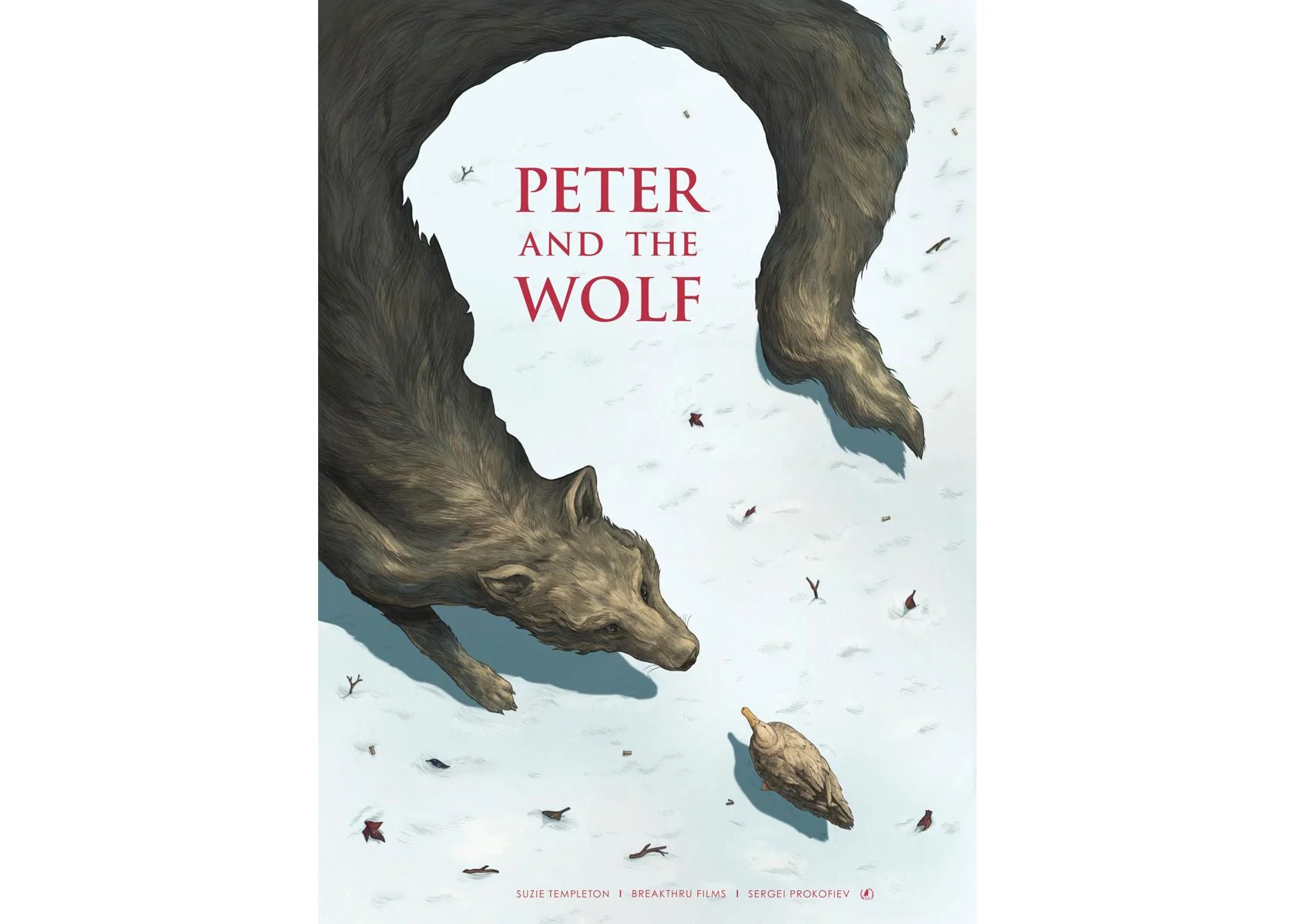The Gestalt theory states that the human brain tends to unconsciously organize separate elements, as well as to simplify complex pictures for better perception. There are several Gestalt principles that are widely applied in design. Figure 1 illustrates the figure-groud principle, which describes how the brain perceives images in the foreground and background. In this situation, the brain distinguishes between boy and wolf, which allows for identifying different objects separately (Brain Boost, 2021). However, one of the objects will be clearly seen before the other, as it is identified by the brain as the foreground. Figure 2 illustrates the principle of closure, which describes how the brain fills in the missing parts of a picture to form a complete image (Brain Boost, 2021). The principles of Gestalt theory are extremely important for Information Design, as they simplify the perception of information, which is the goal of this direction of design. The more principles a designer adheres to, the more quickly and efficiently the viewer’s brain processes the information presented.


Looking through my first aid kit, I realized that aspirin is one of the most common medicines that many people have at home. Looking through the Drug Facts section, I realized that it is organized effectively, as it is located on three spreads, has a readable font size, and highlights the necessary information (Fig. 3). Additionally, the most important information is located closer to the beginning. Sections are also separated for readability, but consistency in headers could be improved as some information is not highlighted separately. Printing Drug Facts on three sides of the box is extremely convenient, as there is no need to create additional labels, and it is possible to use a fairly large font.

References
Brain Boost. (2021). Gestalt psychology… Explained! [Video]. YouTibe. Web.
Chapman, C. (n.d). Exploring the Gestalt principles of design. Designers. Web.
FDA. (n.d). Aspirin. FDA. Web.